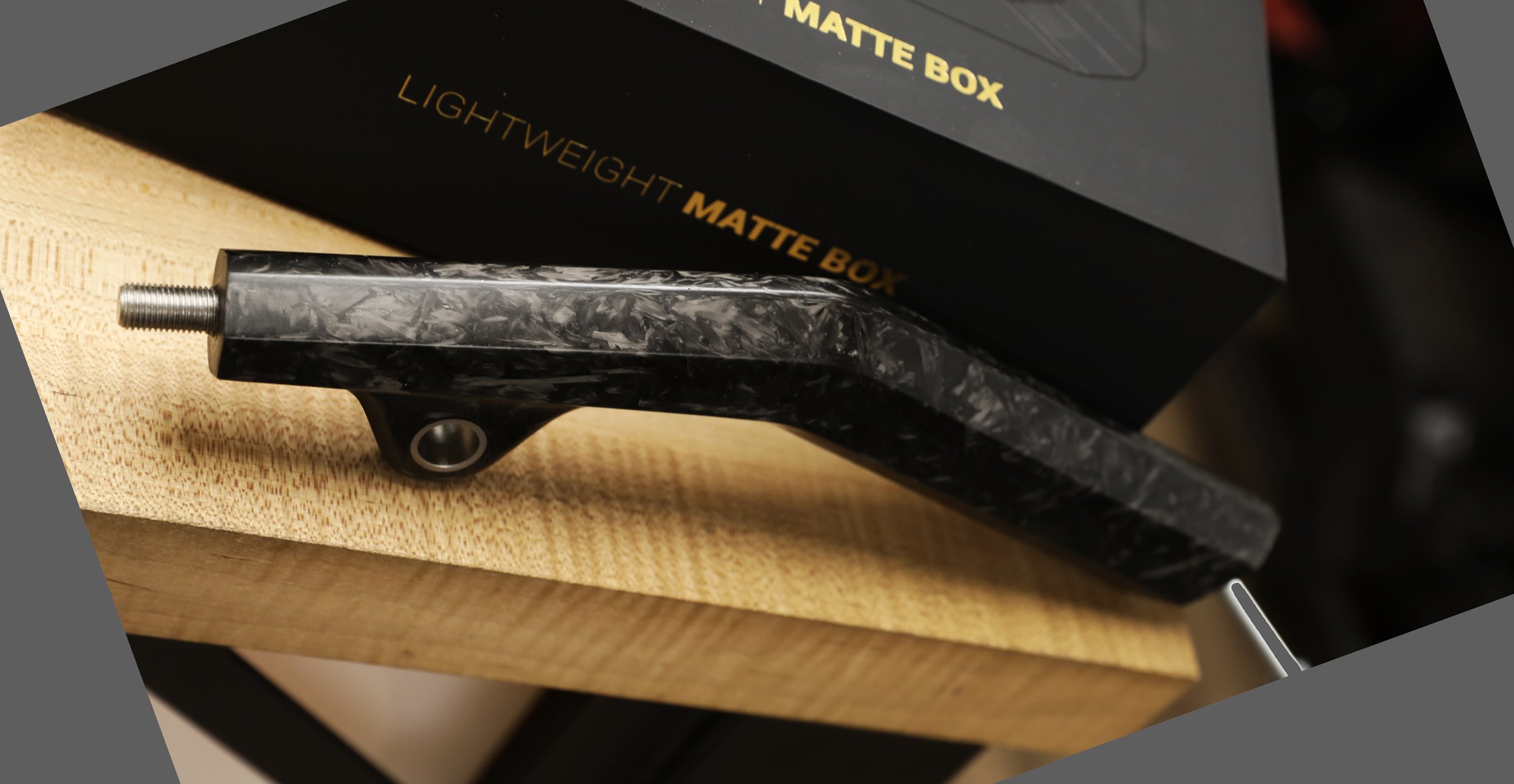
FORGED CARBON FIBER SHIFTER
Inspired by a video series from Easy Composites on YouTube, The updated shifter handle on the Datsun 620 build was the perfect candidate to try compression carbon molding for full density carbon components. This “forged carbon” method involves using chop strand carbon media with epoxy resin, which is filled into a closed cavity and compressed by a male profile to consolidate the media and drive out excess resin for an ideal fiber to resin ratio and full density components. The size and shape of this shifter handle made this an ideal part for this entire process.
The part’s design was prepared and idealized for this process, and a mold system designed around the handle to be 3D printed from PETG. PETG’s strength and slippery nature make for a good release away from epoxy resin after proper release agents are also used. The mold was broken into modular sections that would allow for hardware to be inserted to hold key design features like threaded bosses and studs to bolt secondary components to. The male “plunger” section of the mold was designed to draft into the female mold cavity, continually closing the sealing gap as it compressed to form a piston tight seal at the final depth.
Using epoxy resin and chopped strand unidirectional fiber, the carbon was loaded and wetted in the mold layer by layer like traditional hand laminating. This ensures the strands are fully wet out and avoids any serious air voids being trapped in the middle of the part. I also added full length unidirectional fibers that were strategically routed through the part and around key features like mounting bosses. These long continuous fibers would add considerable strength around more delicate features where chop strand may not be adequate.
Once the mold was entirely loaded, the top male plunger was slowly compressed into the female cavity, allowing time for excess resin to seep out of the mold while not hydrolocking and damaging the mold itself. Once fully seated, the plunger had nearly compressed the laminate stack by half its original volume, truly showing the consolidation that this method provides. A 24 hour cure to let the epoxy set, and the part was easily pulled from the disassembled mold.
Finish work was needed to remove the flashing lines from the mold sections, and porosity was noticeable at the mold surface which was filled with a light coat of additional resin. After blocking and a few layers of clear, the final part was stunning and incredibly strong. The weight of the handle as you hold the part is very surreal, the visual doesn’t match what you are feeling through your own hands.
WATCH THE PROCESS VIDEO












